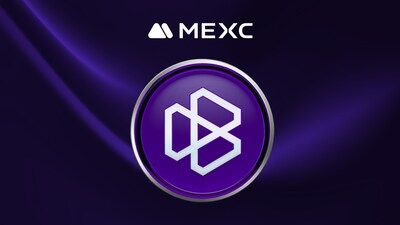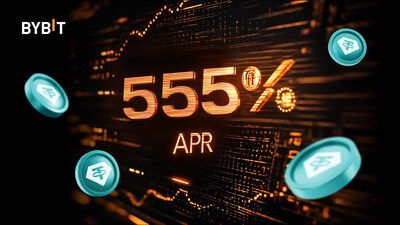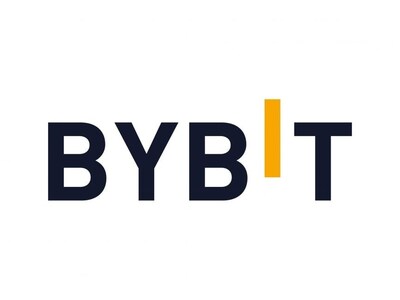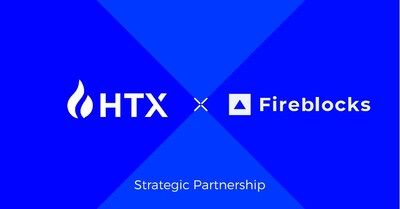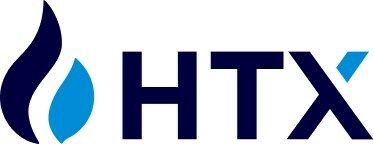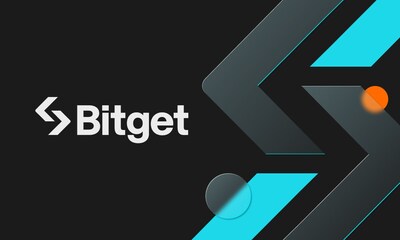MEXC Announces the Listing of Balance (EPT) with 6,000,000 EPT and 50,000 USDT in Rewards
This post was originally published on this site
VICTORIA, Seychelles, April 21, 2025 /PRNewswire/ — MEXC, a leading global cryptocurrency exchange, has announced that it will list Balance (EPT) on April 21, 2025 (UTC). To celebrate the listing, the platform has launched a series of events featuring a total reward of 6,000,000 EPT and 50,000 USDT for users.
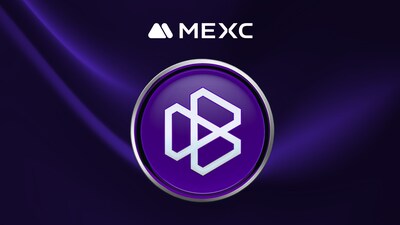
Balance is an innovative Web3 platform that integrates AI and blockchain technologies to create immersive digital interaction experiences. Developed by the team behind E-PAL, the world’s largest game companion platform. Balance offers services such as Human Epal, AI Epal, AI-Driven Battle Report System, and more. These features effectively address key challenges in blockchain gaming, including security, scalability, and development efficiency.
$EPT is the native utility token of the Balance ecosystem, with a total supply of 10 billion tokens. It functions as the core medium powering payments, governance participation, and on-chain transactions across the platform, forming a highly synergistic and sustainable internal economy.
In celebration of the Balance (EPT) listing, MEXC is launching a series of events to offer users exclusive opportunities to earn generous rewards.
The key details are as follows:
- Event 1: EPT Launchpool – Stake USDT, MX and EPT to Share 4,800,000 EPT
Event Period: April 21, 2025, 12:00 – April 24, 2025, 10:00 (UTC)
Users can stake USDT, MX, or EPT to earn valuable rewards through MEXC’s EPT Launchpool. - Event 2: Join Airdrop+ to Share 1,200,000 EPT & 50,000 USDT Bonus
Event Period: April 21, 2025, 12:00 – May 1, 2025, 10:00 (UTC)
Benefit 1: Deposit and share 960,000 EPT (New user exclusive)
Benefit 2: Futures Challenge — Trade to share 50,000 USDT in Futures bonus (For all users)
Benefit 3: Invite new users and share 240,000 EPT (For all users) - Event 3: Spread the Word & Win
Event Period: April 21, 2025, 10:00 – April 27, 2025, 23:59 (UTC)
Users who share the EPT events on social media during the event period can win extra rewards.
As a global exchange, MEXC drives innovation across emerging sectors such as Web3 gaming, AI, and DePIN by offering deep liquidity, streamlined market access, and performance-based incentive programs. The listing of EPT opens new investment avenues in the rapidly evolving AI-driven gaming space.
MEXC has established itself as a leading exchange by consistently offering users early access to high-potential crypto assets. In 2024 alone, the platform listed 2,376 new tokens, including 1,716 initial listings. According to the latest TokenInsight report, MEXC led the industry with 461 spot listings between November 1, 2024, and February 15, 2025. During this period, the exchange maintained a high listing frequency, consistently ranking among the top six platforms, demonstrating its agility in capturing emerging market trends. Looking ahead, MEXC remains committed to expanding its asset offerings and helping users seize timely opportunities in the fast-moving crypto market.
For full event details and participation rules, please visit here.
About MEXC
Founded in 2018, MEXC is committed to being “Your Easiest Way to Crypto.” Serving over 36 million users across 170+ countries, MEXC is known for its broad selection of trending tokens, everyday airdrop opportunities, and low trading fees. Our user-friendly platform is designed to support both new traders and experienced investors, offering secure and efficient access to digital assets. MEXC prioritizes simplicity and innovation, making crypto trading more accessible and rewarding.
MEXC Official Website| X | Telegram |How to Sign Up on MEXC
Risk Disclaimer:
The information provided in this article regarding cryptocurrencies does not constitute investment advice. Given the highly volatile nature of the cryptocurrency market, investors are encouraged to carefully assess market fluctuations, the fundamentals of projects, and potential financial risks before making any trading decisions.
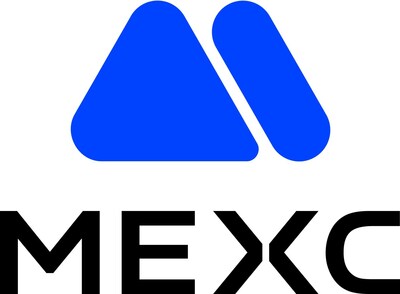
Photo – https://mma.prnewswire.com/media/2668880/1920×1080.jpg
Logo – https://megastockalert.com/wp-content/uploads/2025/04/MEXC_new_Logo.jpg
![]() View original content:https://www.prnewswire.co.uk/news-releases/mexc-announces-the-listing-of-balance-ept-with-6-000-000-ept-and-50-000-usdt-in-rewards-302433244.html
View original content:https://www.prnewswire.co.uk/news-releases/mexc-announces-the-listing-of-balance-ept-with-6-000-000-ept-and-50-000-usdt-in-rewards-302433244.html

Featured Image: Unplash @ austindistel
